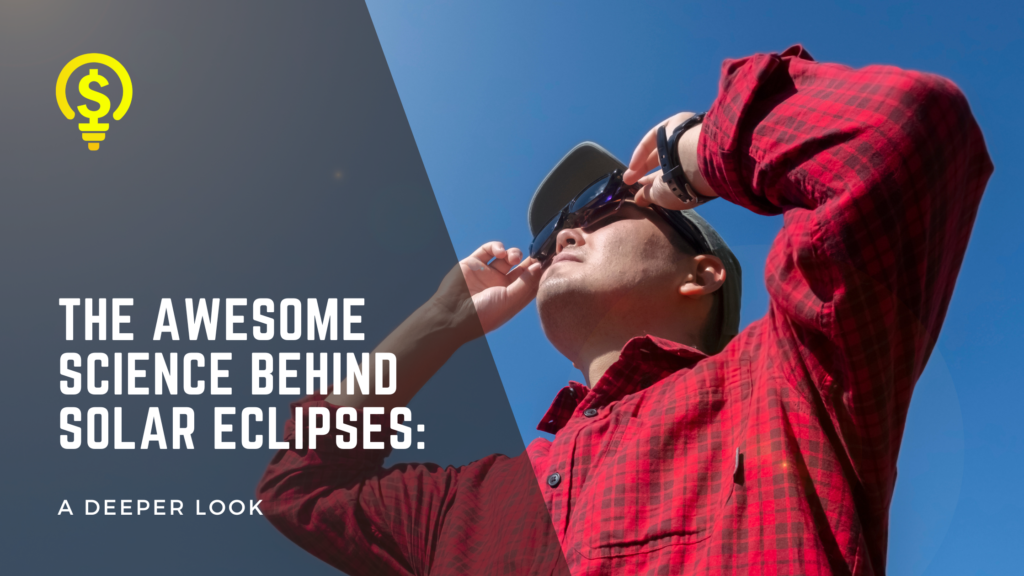
Introduction:
Witnessing a solar eclipse is like watching a cosmic ballet unfold in the sky. But what exactly happens during a solar eclipse? This phenomenon is not just a stunning spectacle; it’s a rare alignment of celestial bodies. Let’s dive deeper into the science behind solar eclipses.
Content:
Understanding Solar Eclipses: The Celestial Mechanics
- Solar eclipses occur due to the interplay of distances and sizes of the Sun, Moon, and Earth. The Sun is about 400 times wider than the Moon but also about 400 times farther away from Earth, which is why the Sun and Moon appear roughly the same size in our sky.
The Three Types of Solar Eclipses: A Closer Look
- Total Solar Eclipse: This awe-inspiring event happens when the Moon completely blocks the Sun, briefly turning day into night and revealing the Sun’s elusive corona.
- Partial Solar Eclipse: Occurs when the Moon partially covers the Sun, creating a unique crescent shape of the visible portion of the Sun.
- Annular Solar Eclipse: Known as the “ring of fire” eclipse, it happens when the Moon is too far away to completely cover the Sun, leaving a bright ring around the Moon’s silhouette.
The Path of Totality Explained
- The path of totality is a narrow pathway across Earth’s surface where the total eclipse is visible. Observers outside this path will see only a partial eclipse.
Eclipses and Their Predictability
- Eclipses follow an 18-year cycle known as the Saros cycle. Astronomers can predict eclipses years in advance using this cycle, though each one is visible from different parts of the Earth.
Solar Eclipses in History and Culture
- Throughout history, solar eclipses have been viewed with awe and sometimes fear. Different cultures have interpreted them in various ways, from omens to scientific phenomena.
Solar Eclipses in the USA
- The USA has experienced several notable eclipses. After the memorable event of 2017, the next total solar eclipse visible across the USA will be on April 8, 2024.
Viewing a Solar Eclipse Safely
- Emphasize the importance of proper eye protection when viewing a solar eclipse. Regular sunglasses are not safe; viewers should use specially designed eclipse glasses or indirect methods like pinhole projectors.
Conclusion:
Solar eclipses are more than just a beautiful display in the sky; they are a testament to the incredible precision of celestial mechanics. As we anticipate future eclipses, understanding their science enhances our appreciation of these rare natural wonders.
